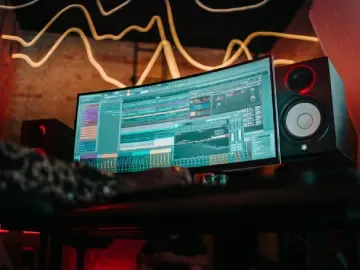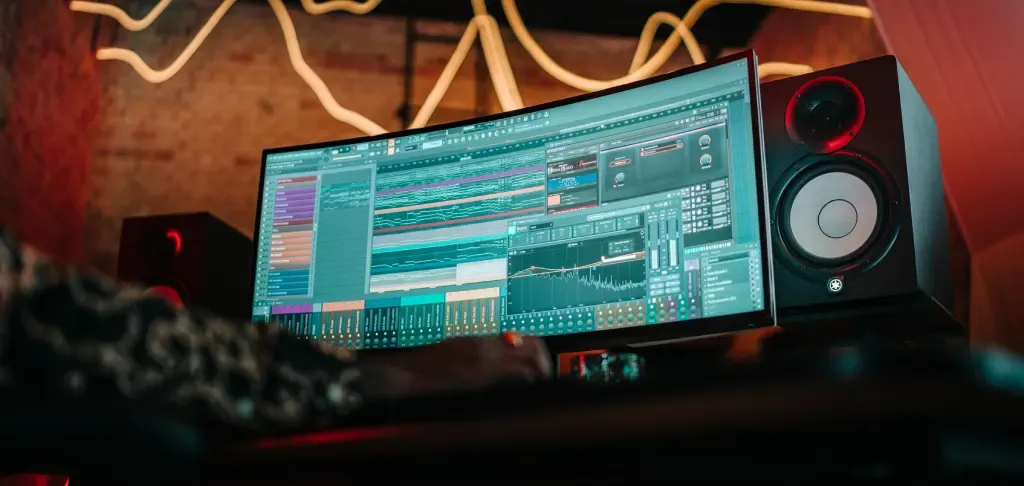Ever wondered how your favourite songs are crafted? Music production is the artistry that transforms ideas into polished tracks. Whether you’re just curious about how it all works or you dream of becoming a music producer yourself, our guide will help you understand the journey and give you practical steps to get you started.
- What is music production?
- What does a producer do?
- The music production process
- 10 steps to becoming a music producer
- What you need to get started in music production
- Do you need formal training to become a music producer?
- 10 tips to become a successful music producer
- Learn more about music production with our free trial
- FAQ: Becoming a music producer
What is music production?
Music production is the craft of turning rough ideas into finished tracks. It’s the blend of songwriting, recording, editing, and mixing that brings a song to life — whether it’s for a chart hit, a soundtrack, or a 2am SoundCloud drop.
What does a producer do?
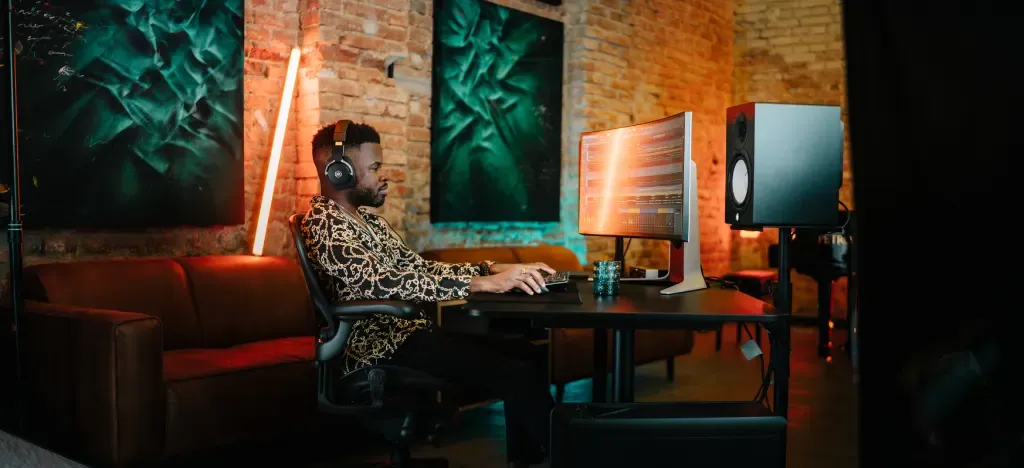 A music producer is the person making sure a song not only gets made — but gets made right. They work closely with artists to shape their sound, guide the creative process, and make sure everything runs smoothly from first idea to final mix.
A music producer is the person making sure a song not only gets made — but gets made right. They work closely with artists to shape their sound, guide the creative process, and make sure everything runs smoothly from first idea to final mix.
That can mean:
Offering input on songwriting and arrangement
Managing recording sessions and keeping things on track
Overseeing mixing and mastering to make sure the final product sounds its best
Some producers take a hands-off, big-picture role. Others are deeply involved in every detail. Take Dr. Dre — known not just for his iconic beats, but for helping define the entire sonic identity of the artists he works with. He doesn’t just produce tracks — he shapes careers.
The music production process
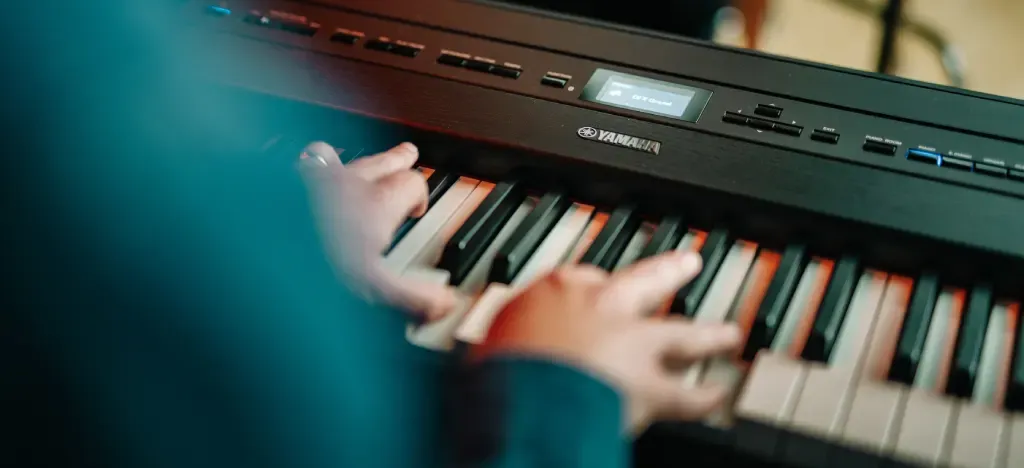 Let’s break down what actually happens when a song goes from a rough idea to a release-ready track:
Let’s break down what actually happens when a song goes from a rough idea to a release-ready track:
🧩 Arranging
Once you’ve got a song, it’s time to shape how it moves. Arranging is about deciding on structure (verse, chorus, bridge), dynamics, and instrumentation. It’s the difference between a rough demo and something with real direction. Good arrangement keeps the listener engaged from start to finish.
🎙️ Tracking
Also called recording, this is where you capture each element — vocals, drums, guitars, synths — either live or digitally. It’s not just about pressing record; it’s about getting great performances, using the right mics, and setting the right vibe. Multiple takes are common — the magic often happens somewhere between the first and the fifth.
✂️ Editing
Now comes the clean-up. Tighten the timing, correct the pitch, and stitch together the best takes. Editing makes sure the performance feels sharp and professional — without losing its human feel. It’s the backstage work that keeps things sounding smooth.
🎚️ Mixing
Mixing brings all the parts together into one balanced, unified sound. Levels, EQ, compression, panning, reverb — this is where each element finds its place. A great mix doesn’t just sound “clean”; it gives a track depth, energy, and clarity.
🧠 Mastering
Mastering is the final polish. It makes sure your track sounds consistent across all platforms — from phone speakers to festival PAs. It also adjusts overall loudness, refines tone, and ensures a cohesive sound across multiple tracks (if you’re releasing an EP or album).
10 steps to becoming a music producer
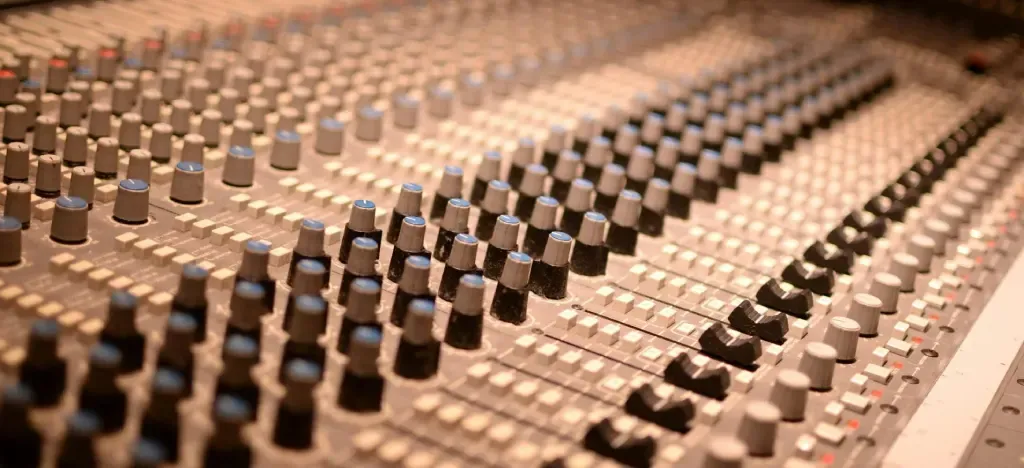 STEP 1. Start by listening — properly 🎧
STEP 1. Start by listening — properly 🎧
Before you produce anything, learn to listen like a producer. Don’t just hear the vocals. Zoom in. What’s the rhythm section doing? Where’s the bass sitting? How do the synths evolve across the chorus?
Pick a few favourite tracks — across genres — and analyse them. What’s the structure? What instruments are used? How does the intro build tension? If you’re bored by this bit, you won’t last long in a DAW.
STEP 2. Get your hands on a DAW 🖥️
DAW = Digital Audio Workstation. It’s your canvas. GarageBand (Mac), Cakewalk (Windows), and FL Studio (both) are all beginner-friendly. Don’t overthink your choice. Just pick one and get stuck in.
There’s no badge of honour for mastering Pro Tools if you’ve never made a beat.
STEP 3. Gear: What you actually need (and what can wait) 🎹
Ignore the influencer studio tours. You don’t need ten synths, a reel-to-reel tape machine, and fairy lights. Here’s what you do need:
A halfway decent computer
A DAW
Headphones (not Beats — something flat and honest)
Optional extras later: a MIDI controller, an audio interface, a mic. Start small. Focus on what you can do with what you’ve got.
STEP 4. Learn an instrument. Any instrument.🎸
You don’t need to shred. But a bit of piano or guitar will help you understand chords, harmony, and why certain progressions hit differently. Knowing how music works gives you an edge when producing — especially when you're arranging or writing hooks.
STEP 5. Steal like a producer 🔍
Producers aren’t born with golden ears — they learn by dissecting tracks. Take a song you love and rebuild it. Find the tempo. Copy the chord structure. Try to replicate the drum pattern.
This isn’t cheating. It’s training.
STEP 6. Take courses — but don’t get stuck in learning mode 🎓
There’s no shortage of tutorials. YouTube is full of them. ArtMaster has beginner-friendly courses taught by real producers who’ve made actual records. Pick a course. Finish it. Then stop watching and start making.
Most new producers fall into the trap of over-learning. Don’t become a tutorial zombie.
STEP 7. Make rubbish music. Then make more. 🗑
Your first beats will be bad. Your second might be worse. That’s fine. Every producer you admire started with cringe demos and messy mixes.
Keep going. Keep finishing tracks. You’ll improve faster by finishing 20 rough songs than endlessly tweaking one loop.
STEP 8. Collaborate early, collaborate often 🤝
Music is better with people. Jump on Reddit threads. Join Discord servers. DM someone on TikTok who made a beat you like. Trade ideas, give feedback, remix stuff.
Working with others makes you better — and keeps it fun.
STEP 9. Put it out there 🚀
Don’t wait until your tracks are “perfect” — they never will be. Upload to SoundCloud. Make a beat breakdown video. Post a 10-second loop on Instagram. Put your music into the world.
Even if only 17 people listen, that’s a win. You’re building momentum.
STEP 10. Think portfolio, not perfection 🧰
Don’t aim for a masterpiece. Aim for a body of work. The more you produce, the more your sound will evolve. When someone asks, “What do you make?”, you’ll have an answer — and something to show them.
💡 ARTMASTER TIP: If you're serious about producing — especially if you don't play an instrument (yet) — Piano for Producers will give you the skills to create better chord progressions, stronger melodies, and more musical tracks from day one.
What you need to get started in music production
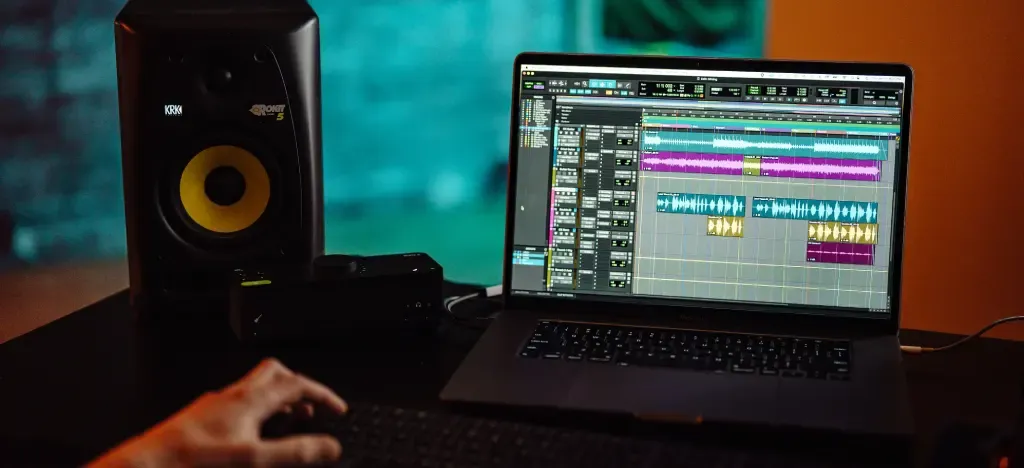 You don’t need a pro studio to make music — just the essentials. Here’s what should be in your starter setup:
You don’t need a pro studio to make music — just the essentials. Here’s what should be in your starter setup:
Computer – A solid laptop or desktop that can run your DAW without falling apart mid-session.
DAW (Digital Audio Workstation) – This is your main tool for recording, editing, mixing, and arranging music. Start with something like GarageBand, Cakewalk, or FL Studio.
Audio interface – Converts real-world sound (like vocals or guitar) into a digital signal your DAW can work with — and vice versa.
Studio headphones or monitors – For accurate sound. You want honesty, not hyped bass.
MIDI controller – Not essential, but great for playing virtual instruments more naturally.
Microphone – If you’re recording vocals or acoustic instruments, you’ll need a decent mic.
💡 Deadmau5 often shares his studio setup on socials — filled with DAWs, MIDI gear, and synths. But don’t let that intimidate you. He, like everyone else, started somewhere simpler.
💡 ARTMASTER TIP: Find out everything you need to set up a home studio setup from scratch in our guide — Start producing music at home: Beginner’s guide 2025. Once you’re up and running, check out The ultimate guide to VST plugins to level up your sound without breaking the bank.
Do you need formal training to become a music producer?
Short answer: no — but it depends on how you learn best.
Many successful producers are self-taught. They started by watching YouTube tutorials, experimenting in their bedrooms, and making loads of bad music before anything clicked. If you’ve got curiosity, discipline, and a good ear, you don’t need a music degree.
That said, formal education can be helpful. A good course or degree programme can give you structure, feedback, and access to mentors or collaborators you wouldn’t meet otherwise. It can also fill in some gaps — like music theory, mixing techniques, or industry know-how — faster than trial and error.
🎧 Case in point: Alex Moukala taught himself music production from scratch online. Now he scores Hollywood trailers. He also teaches orchestral production on ArtMaster — so if you’re looking to learn from someone who’s walked the self-taught path, he’s your guy.
Bottom line: don’t let the lack of a diploma stop you from getting started. But if structured learning motivates you — go for it.
💡 ARTMASTER TIP: Take advantage of Alex's wealth of experience and expertise by taking in his beginner's course on Orchestral Music Production.
10 tips to become a successful music producer
Here are ten practical, no-nonsense tips to help you grow as a producer — whether you’re just starting out or trying to push through a plateau.
1. Keep showing up
Practice is everything. The more time you spend in your DAW, the better your instincts become.
2. Set real expectations
You won’t make a hit on day one — and that’s fine. Focus on steady progress, not perfection.
3. Embrace imperfection
Your early tracks will be messy. So were everyone else’s. Keep moving.
4. Make lots of music
Quantity leads to quality. Finish ten average tracks before chasing your first great one.
5. Stay inspired
Listen widely. Watch breakdowns. Try genres outside your comfort zone. Creativity needs input.
6. Use what’s available
Loops, MIDI packs, templates — they’re not cheating. They’re tools. Use them to learn and build momentum.
7. Learn to finish
Don’t get stuck in endless tweaking. Learn to finish, even if it’s not perfect. Done is better than perfect.
8. Make decisions
Stop agonising over small details. Choose, move on, repeat. Speed is part of the skill.
9. Build a habit
Even 20 minutes a day adds up. Regular practice beats occasional inspiration.
10. Enjoy it
If it’s not fun, it won’t last. Make stuff that excites you — that’s the whole point.
Learn more about music production with our free trial
Start your journey into music production today with a free 7-day trial. Explore hands-on courses, real-world tools, and expert guidance — everything you need to go from curious beginner to confident creator.
Try Our FREE 7-Day Trial!
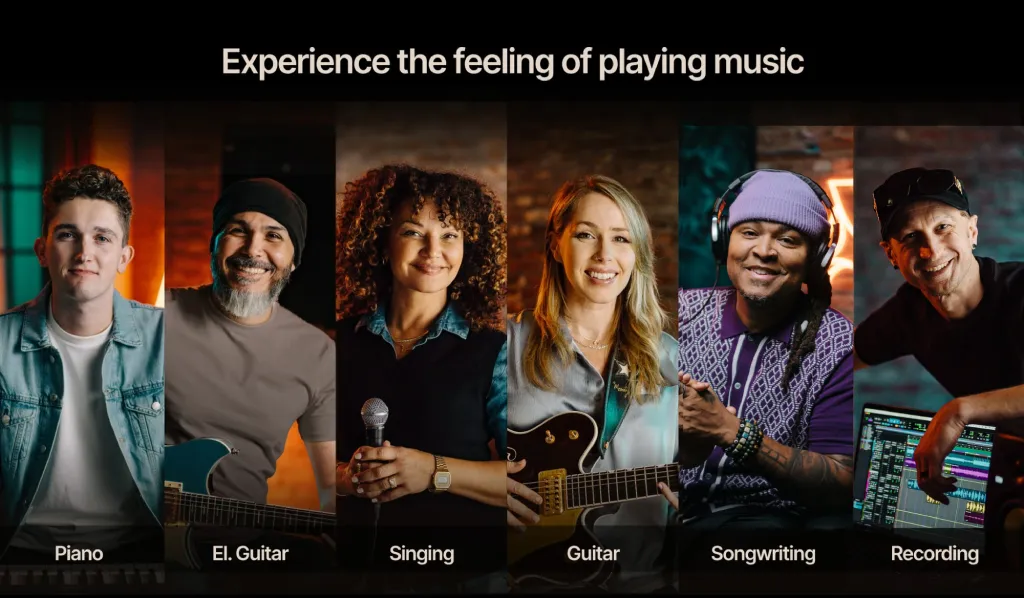
FAQ: Becoming a music producer
Can I become a music producer with no experience?
Yes. Many producers start from scratch using free software like GarageBand or Cakewalk. You don’t need a degree or studio — just curiosity, consistency, and a willingness to learn.
What’s the best DAW for beginners?
GarageBand (Mac), Cakewalk (Windows), and FL Studio are great options. They’re user-friendly and supported by loads of free tutorials.
What equipment do I need to start producing music?
At minimum: a computer, a DAW, and good headphones. Over time, you might add a MIDI controller, audio interface, and microphone.
Do I need a degree to become a music producer?
No. Many successful producers are self-taught and learn through YouTube tutorials, online courses, and real-world experience.
How do I get my music heard?
Start by uploading to SoundCloud or YouTube, collaborating with other musicians, and sharing clips on social media platforms like TikTok and Instagram.
About the author
Matt Ford is a musician, teacher, writer, and lifelong student of sound.
With years of experience in both performing and teaching, he shares practical advice through ArtMaster to help musicians at every level build skill and confidence in their playing.
